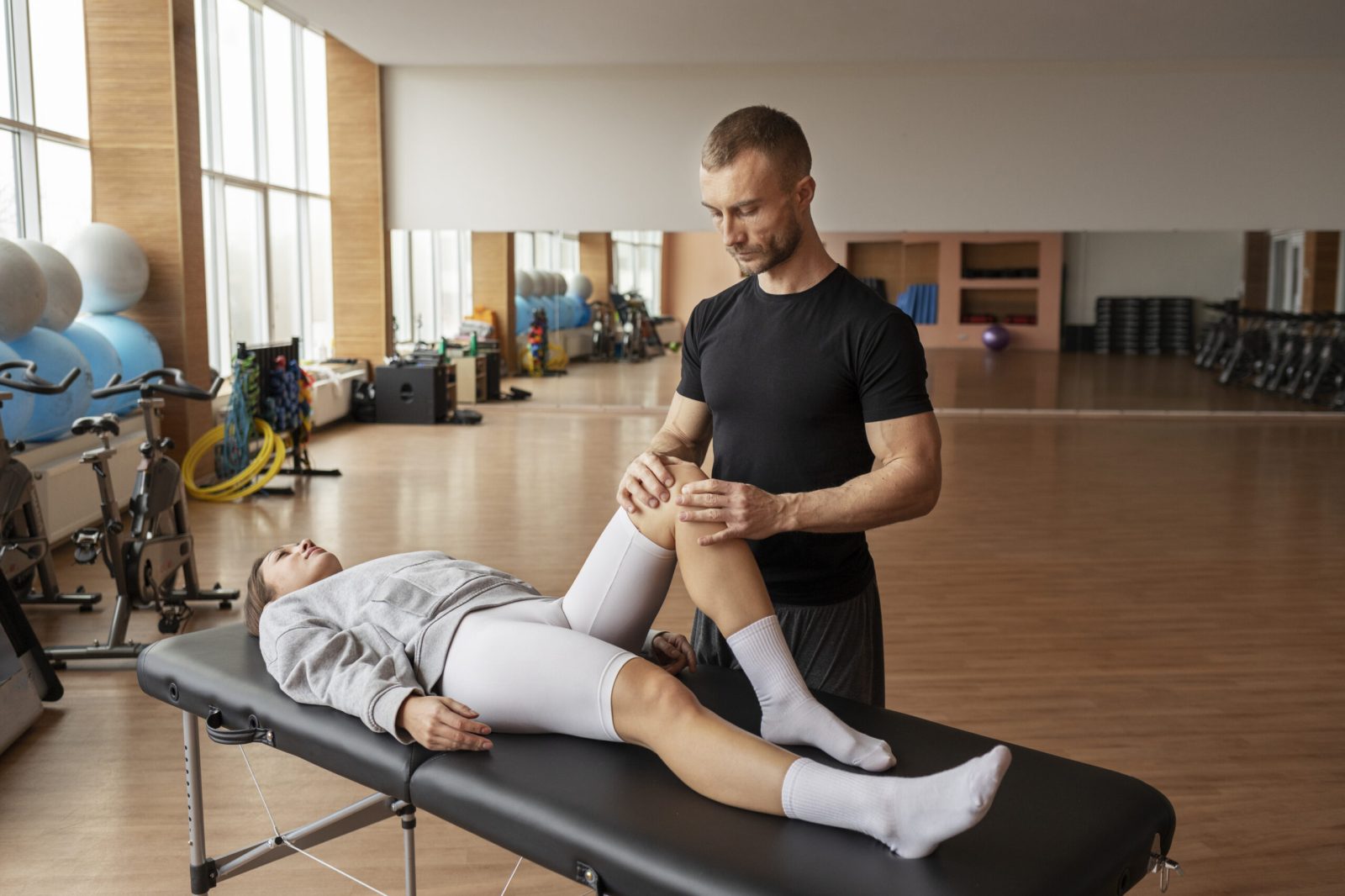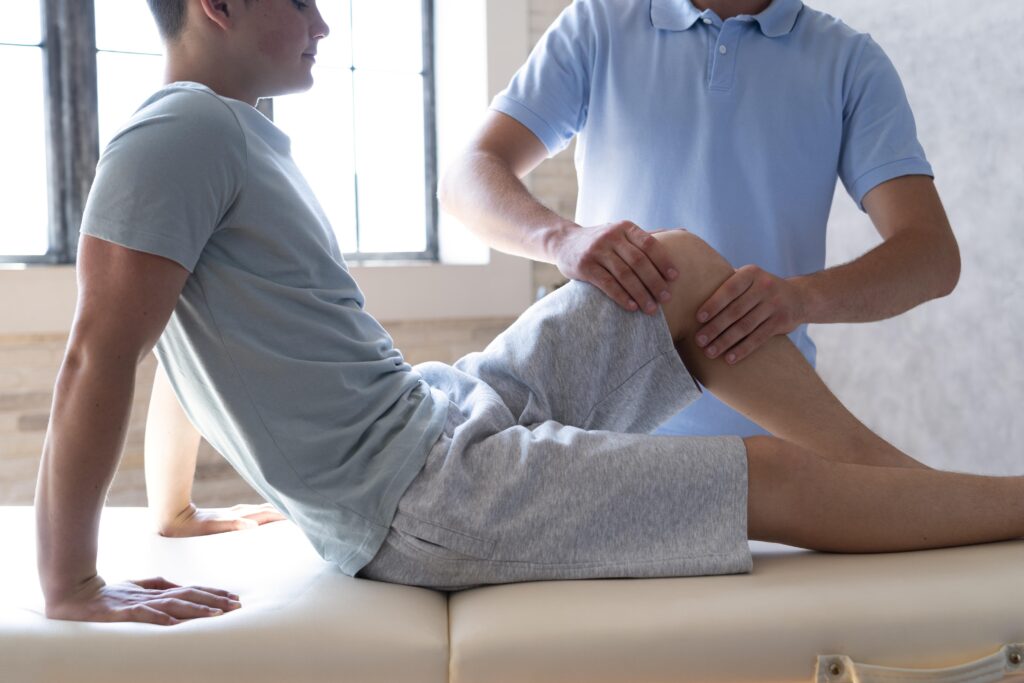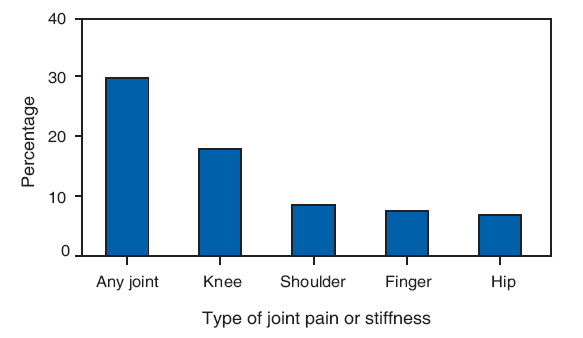Physiotherapy for knee pain

BOOK AN APPOINTMENT
Introduction
Knee pain is a usual complaint that appears in all age groups and social groups. Regardless of the cause, injury, overuse or underlying medical conditions, knee pain can great affect one’s quality of life. Fortunately, physiotherapy provides a holistic approach to knee pain management and alleviation enabling patients to regain mobility, strength, and function. In this blog post, we will delve into the causes of knee pain, the contribution of physiotherapy in terms of treatment, and how physiotherapy can help individuals get back to their feet.


Causes of Knee Pain
To properly discuss the role that physical therapy plays in the treatment of knee pain, one must first be familiar with all possible causes of such pain. Knee pain can stem from a wide range of issues, including:
Injuries: Various traumatic injuries such as ligament tears, meniscus tears, or fractures can trigger acute knee pain. Such injuries are usually received during sports, falls or accidents.
Overuse: Repetitive movements or continuous stress on the knee joint due to activities such as running, cycling or kneeling can cause overuse injuries and cause chronic pain.
Arthritis: Osteoarthritis, rheumatoid arthritis, and other types of arthritis can result to inflammation, cartilage damage and joint degeneration, thus leading to severe knee pain.
Muscle Imbalances: Laxity or tightness in the muscles surrounding the knee, such as the quadriceps, hamstrings, and calves, can contribute to poor knee alignment and stability, increasing the risk of pain and injury.
Role of Physiotherapy
Physiotherapy is vital in the treatment and rehabilitation of knee pain because it attends to the causes of the pain and encourages healing. This is what physiotherapy can do
Pain Management: Physiotherapists utilize different strategies including manual therapy, ultrasound, and electrical stimulation to alleviate pain and stem knee joint inflammation.
Exercise Prescription: A program of exercises that is specially designed for the purpose is made to help strengthen the muscles that surround the knee, improve the flexibility and provide the joint stability. This can comprise of exercises focused on the quadriceps, hamstrings, glutes, and core muscles.
Biomechanical Assessment: Physiotherapists evaluate the individual’s gait, movement patterns and joint alignment to detect biomechanical aspects that contribute to knee pain. Orthotic devices or corrective exercises may be given to resolve such concerns.
Manual Therapy: These “hands-on” techniques of massage, joint mobilization and stretching are used to restore joint mobility, reduce stiffness and decrease muscle tension.
Education and Self-Management: Patients are taught proper posture, body mechanics and injury prevention tactics in order to minimize the risk of future knee injuries. They are also taught management of pain at home using self care techniques such as ice and heat therapy.


Statistics of Knee Pain and Physiotherapy
Let’s take a glance at some statistics that emphasize the frequency of knee pain and the efficiency of physiotherapy in its treatment.
- The CDC reports that knee pain affects about one in four adults in the U.S., making this one of the most common musculoskeletal problems.
- A study conducted in the Journal of Orthopaedic & Sports Physical Therapy showed that individuals with knee osteoarthritis who underwent physiotherapy interventions had a significant reduction in pain, improved function, and quality of life compared to those who did not receive physiotherapy.
- Articles published in the British Journal of Sports Medicine state that supervised exercise therapy by a physiotherapist is effective in reducing pain and improving physical function in people with patellofemoral pain syndrome, a common cause of anterior knee pain.
- The American Academy of Orthopaedic Surgeons suggests physiotherapy as the initial therapy for different knee conditions, such as ligament injuries, meniscus tears, and patellar tendinitis.
Conclusion
Knee pain can be detrimental to one’s daily activities and overall quality of life, however physiotherapy is an all-encompassing means of dealing with the pain and rehabilitation thereof. Through dealing with basic biomechanical problems, strengthening muscles and improving their flexibility, as well as providing education on self-management, physiotherapists equip individuals to defeat knee pain and restore function. If you’re experiencing knee pain, please see a physiotherapist for tailored treatment, and one to one support through this rehabilitation process.
